Clupeomorpha
There is one order, Clupeiformes. These fish have modified scales, known as scutes, running along their bottom midline, forming a saw-edged margin. Many of the fishes in this order are captured for food. Delicious!
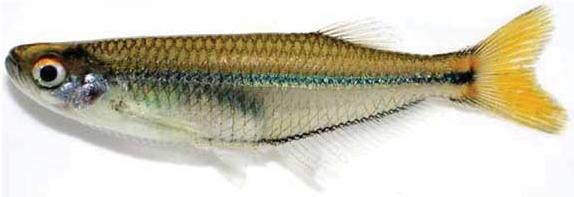
Denticipitoidei: Denticle Herrings
There is only one family (Denticipitidae) and one species, Denticeps clupeoides. This interesting fish is set apart by the presence of enlarged scales along its ventral surface (chin region). These large denticles give the fish a furry appearance, almost as if it was growing a 5 o' clock shadow.
Clupeoidei
The fish in this suborder all lack a lateral line. Fascinating!
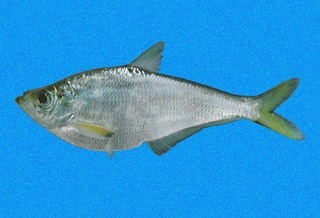
Pristigasteridae: Longfin Herrings
How can you tell this family apart from other clupeids? It's anal fin is proportionately longer than in other families! Remember that, the next time someone asks you to identify herrings!

Engraulidae: Anchovies
This family, familiar to many as a pizza topping, is identifiable in life by its underslung jaw. This means that the lower jaw does not reach as far as the upper jaw, giving the fish an extensive overbite. The jaw also goes very far back, compared with other clupeids. This family has a rostral (nose-region) organ, though its purpose is unknown.
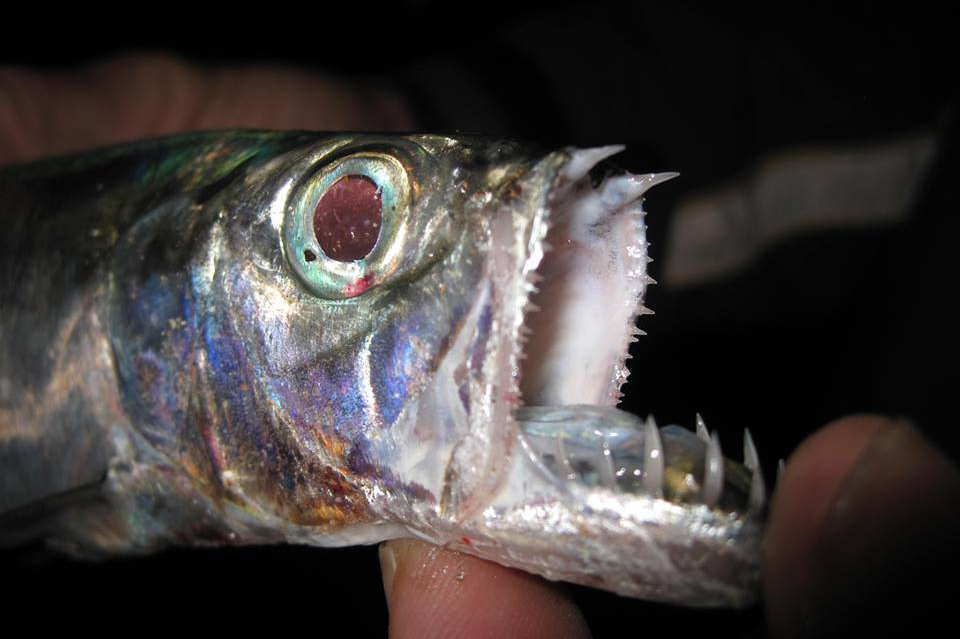
Chirocentridae: Wolf Herrings
So far, all we've seen are a bunch of little fish with long fins and goofy jaws, that swim in schools and get eaten on pizza. Clupeids are pretty lame, right?
WRONG!
Introducing the wolf herrings, containing one genus, Chirocentrus. These two species have a larger, longer body, reaching up to 1M in length. They have a larger terminal mouth, full of razor-sharp teeth for eating little fishies! This is one of my favorite fish families, just look at those awesome teeth!
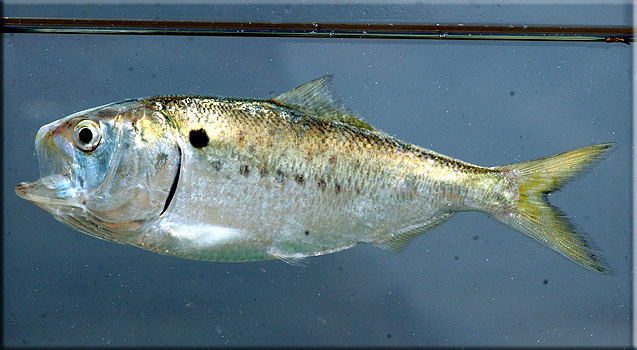
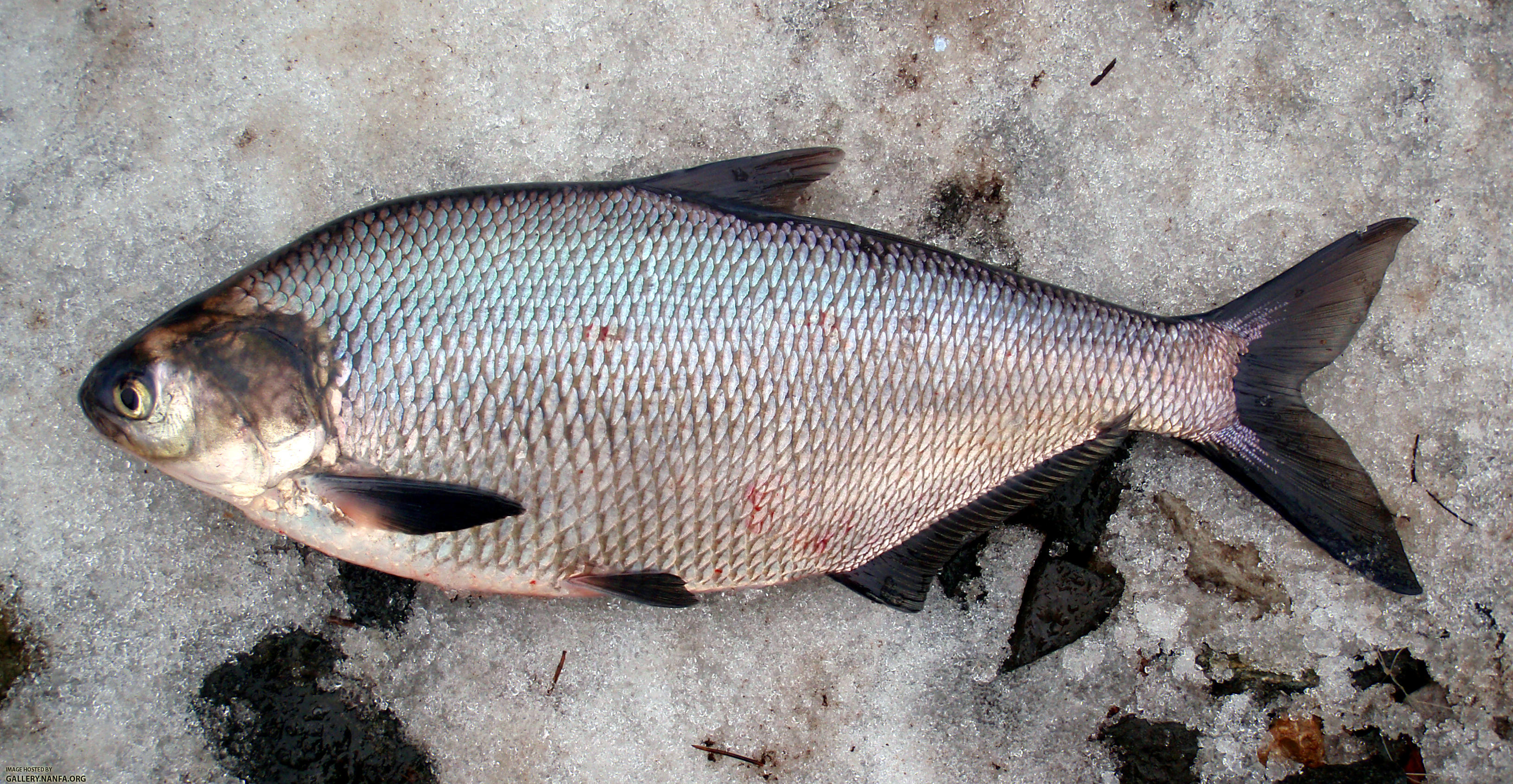

Clupeidae: Herrings, Shads, Sprats, Sardines, Pilchards, Menhadens
This family is humongous, containing over 180 species. Many species look different, but they feed on plankton and are usually found in schools. Some of these species are used as food fish around the world. Let's look at some of them!
- Menhaden (Brevoortia, Ethmidium): The name originates from the Native American word for "fertilizer," because the fish were once planted with the crops. They are not often eaten, but are used for oil and bait instead.
- Atlantic Herring (Clupea harengus): One of the most abundant fish in the world, and constitute an important fishery.
- Shad (Alosa): These fish have a deeper body and often have black spots along their sides. They are a food fish in the Mediterranean and Atlantic.
- Gizzard Shad (Dorosoma): This genus has an almost diamond-shaped body, and the last ray of the dorsal fin is elongated. I don't know what makes them so special that they are differentiated from other shads, or what is special about their gizzard.
- Sprats (Sprattus): Sprats are often eaten in Europe, where they are fished. They are unrelated to Jack Sprat and his wife, of nursery rhyme fame.
- Sardines and Pilchards: There are multiple species that go by these names, and may change depending on the region. They are also food fish.